Features to consider while choosing digital piano
 Finding the ideal digital piano under 1000 dollars means having a good basic understanding of what to expect regarding features and technical capabilities. The following sections are designed to give you exactly that.
Finding the ideal digital piano under 1000 dollars means having a good basic understanding of what to expect regarding features and technical capabilities. The following sections are designed to give you exactly that.
Number of keys
Digital pianos are available with different key counts, ranging from 25 keys to 88 in number. Many beginner digital keyboards will have 61 keys – which offers a good balance between simplicity and ease of movement and a decent octave range.
Depending on your ability level, you’ll want your piano to have various capabilities, and matching yourself to a keyboard is your first step to making a great choice. Remembering that a digital piano doesn’t necessarily need to be for life is important.
These instruments are intricate and finely-manufactured pieces of musical equipment. That means they’ll have a good resale value if you want to upgrade a little later down the line as your playing ability expands. It’s tempting to go for all the features of full-size keyboards and put too much weight on connectivity when you’re just starting.
Don’t forget that buying a more straightforward piano when you’re still learning the ropes will mean you’ll save some cash and likely be able to afford something that sounds better and replicates playing an acoustic piano more accurately. Don’t worry too much about needing 88 keys if you’re a beginner on a budget.
Type of keys
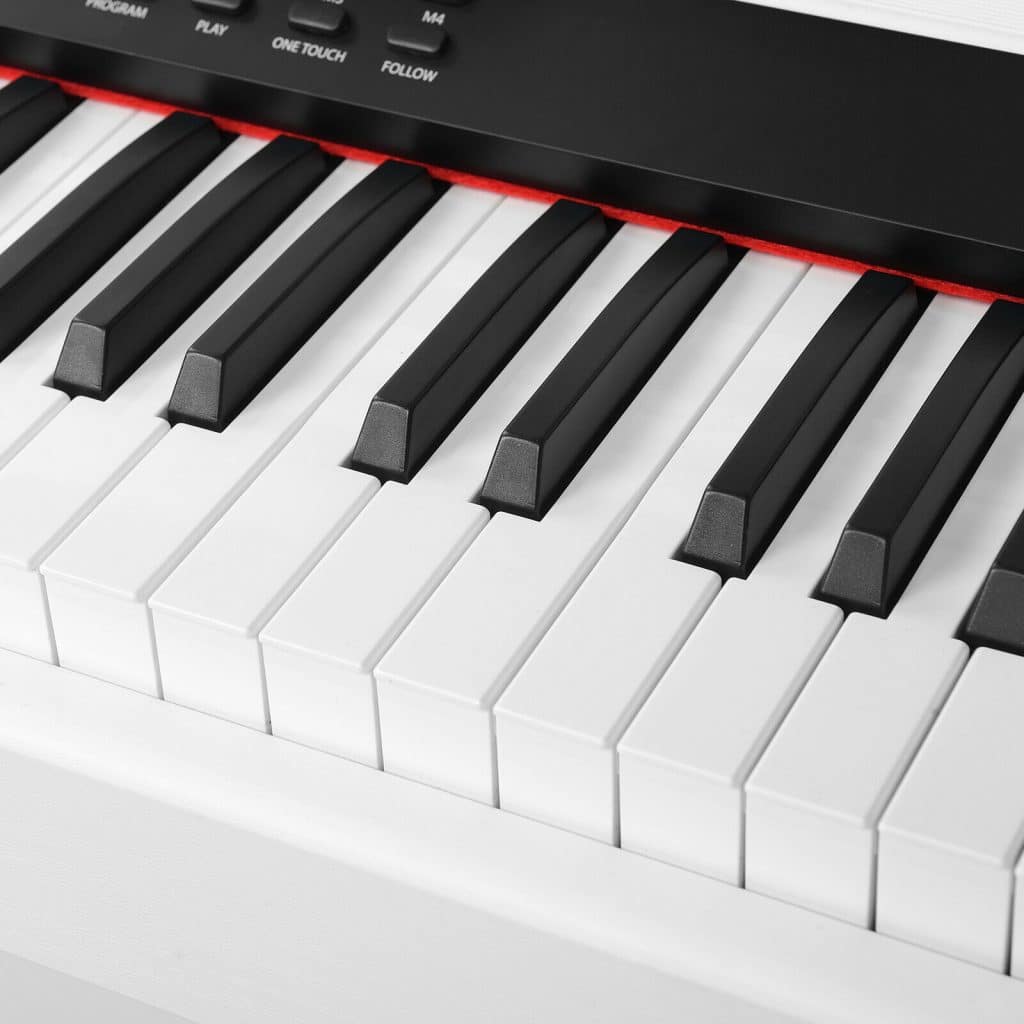 Weighted
Weighted
There isn’t anything too mysterious to the concept of a weighted keyboard. The principle is perhaps what you would expect from the name. Weighted keys get manufactured with a weight inside, making them play more like a traditional piano key – which is set up to strike a chord via a hammer mechanism, producing a certain amount of resistance to the touch.
When playing an acoustic piano, you get some feedback from the instrument. Weighted keys are designed to give a pianist the feel of playing a traditional piano, with all the benefits and portability of an electronic keyboard.
Some weighted piano keyboards go even further and vary the weighting of each key in relation to where it sits on the keyboard. The best weighted key digital piano under 1000 dollars will often have this feature, but sometimes not.
If you’re a more advanced player and you plan to gig your new piano, remember that weighted keys will undoubtedly add to the overall weight of your instrument.
Semi-weighted
Most examples of digital pianos will use one method or another to replicate the feel of playing a traditional piano. Not all will incorporate weighted keys into the design, however, and it’s essential to understand that today’s digital pianos don’t need weighted keys in any form to give a realistic playing experience.
The feel on an unweighted keyboard won’t replicate the experience of playing an acoustic piano very well – but sensor within some keyboards can tell how hard you’re hitting keys and output tone and sound volume accordingly.
More often than not, if you want to compromise between portability and a realistic keyboard feel, you’ll find great satisfaction in a semi-weighted version. Keyboards like this don’t go as far as fully weighted versions but offer some of the feel of a traditional instrument.
When looking for the best digital piano for a home under 1000 dollars, you’ll likely find some pianos of this type in that class and for that price.
Hammer action
Hammer action keyboards take the concept of acoustic piano replication even further than weighted keys can. These keyboards go as far as physically reproducing some of the mechanical aspects of an acoustic piano to make it more realistic.
There’s a modern version of the hammer action contained in old-school pianos. Playing keyboards like this is extremely close to playing the real thing in terms of user experience. In the price range we’re examining in this review, you’ll unlikely see many keyboards of this type.
Grand Hammer Standard
Grand Hammer Standard is perhaps the pinnacle of traditional piano feel replication on digital pianos. That is as close as it gets to playing an old grand piano in electronic form, and it’s a feature usually only found on premium keyboards.
Buying a piano is like buying many things – if you’re looking for the best digital stage piano keyboard under 1000 bucks, you’ll need to compromise on features such as grand hammer standard. For the record, grand hammer standard keyboards use finely spring-loaded keys to mimic the feel and feedback of traditional pianos eerily well.
Number of polyphony (Max.)
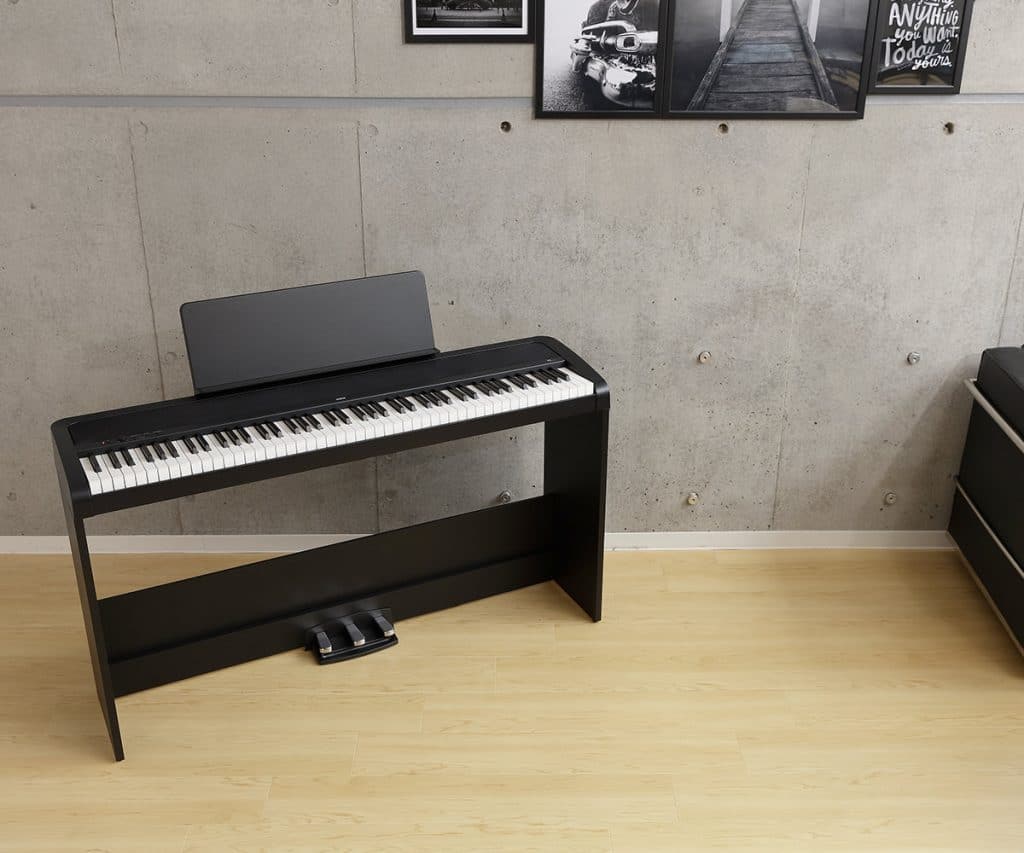 Polyphony sounds extremely technical, but what you need to know about polyphony to choose keyboard isn’t technical at all. That’s the good news. Polyphony is related to how many notes a digital piano can produce simultaneously. That’s all the term means.
Polyphony sounds extremely technical, but what you need to know about polyphony to choose keyboard isn’t technical at all. That’s the good news. Polyphony is related to how many notes a digital piano can produce simultaneously. That’s all the term means.
The not so good news is that polyphony will generally correlate with price. It’s possible to get some great sounding pianos in the price range we’re looking at, however.
A higher polyphony will produce a vibrant tone due to the number of notes delivered simultaneously. Polyphony gives great depth to an instrument, so if you’re seeking out the best sounding digital piano under 1000 bucks, and that quality is a priority for you – focus strongly on polyphony when conducting your search.
Sound Presets
Sound presets present the possibility of adjusting the tone output of a piano to produce different sounding notes. You’re playing with the style of the instrument when you do this, and it’s equivalent to switching to a completely different acoustic piano when you can do this on a digital keyboard.
Presets mean that you don’t have to adjust the individual aspects of the tone to replicate a specific type of piano. They’re essentially set values you can switch between when you want a different set of sound characteristics.
Keyboard Panel Interface
Different digital pianos have differing levels of connectivity. You’ll need to be especially aware of what a keyboard offers if you want to compose music via a home computer or laptop. You’ll also need to carefully consider the connectivity level of a keyboard if you’re a novice pianist and you’re planning to use software to aid your learning experience.
Another reason to examine what ports and options to connect a piano offers will be if you want to use an external speaker or amplifier – perhaps for gigging. All products are different, and connectivity will cost money, so only prioritize it if you need the capability.
Accessory
You’ll find that pianos come in different overall packages, like with buying any item. Some keyboards come with starter packages and include things like stools or benches, metronomes built into the piano, carry cases, and many other products designed to enhance the enjoyment of the keyboard. If you’re a beginner, looking for an excellent accessory package can save you a bunch of cash.
Size and Weight
Lower weight plus compact size equals portability with most products. Electronic keyboards are no different in that sense. Professional musicians who still have to haul their own gear to performances will almost always have portability high up the list of their priorities when selecting a new instrument.
If you’re a piano student and you consistently practice and learn at home, portability won’t matter to you – unless you buy a keyboard at the outset that’s going to stay with you for many years. In that case, you might want to give some thought to how lightweight and compact your new keyboard needs to be.
Like most things on this list, portability will matter to different people in varying degrees. Another time you might want to think about the size of a piano is when you have limited space in the place you want to use it – as you’ll need to feel comfortable when you play.





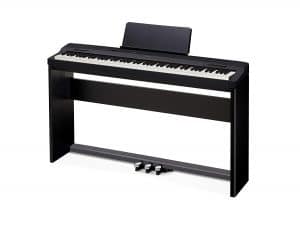

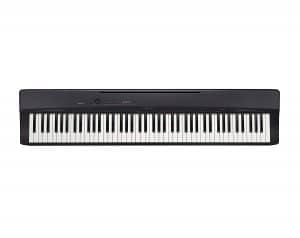
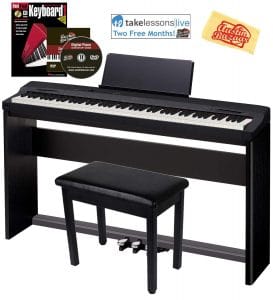

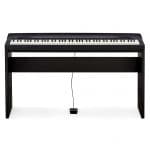
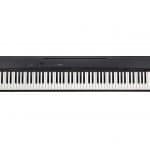
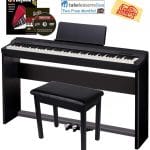

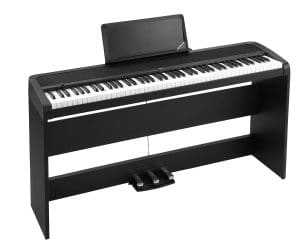
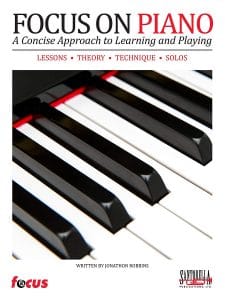

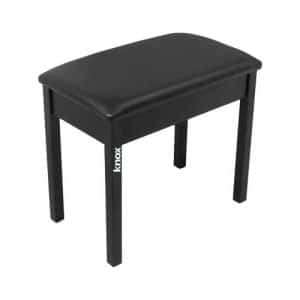
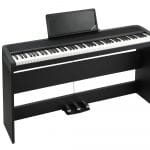
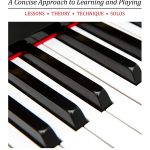

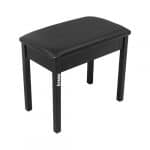
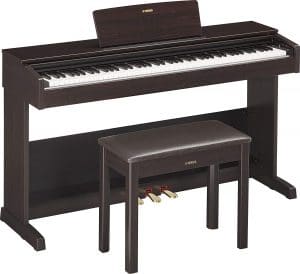

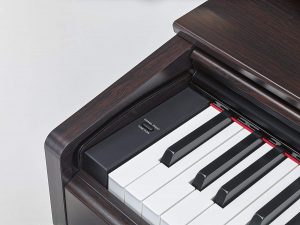
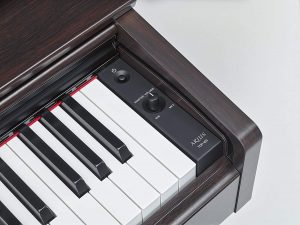
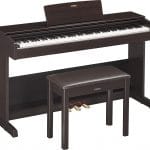
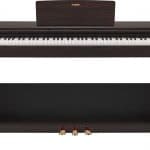
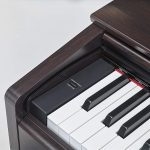
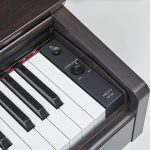
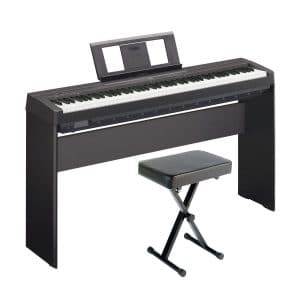



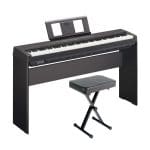
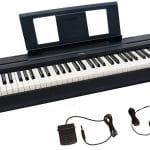
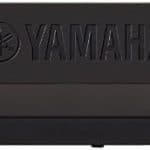
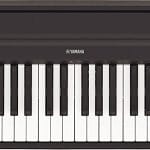

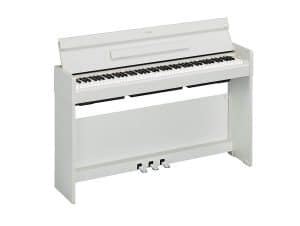
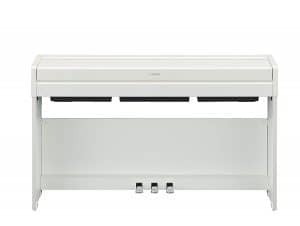
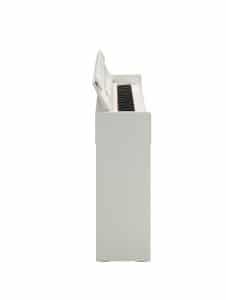
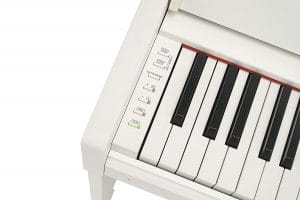
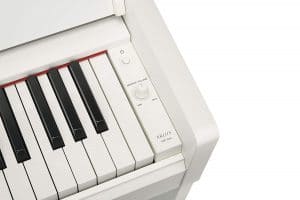
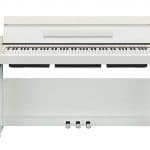
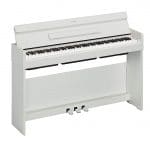
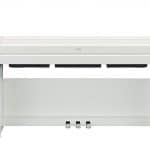
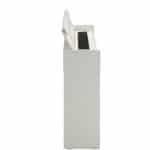
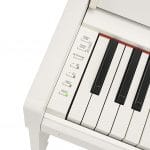
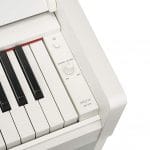
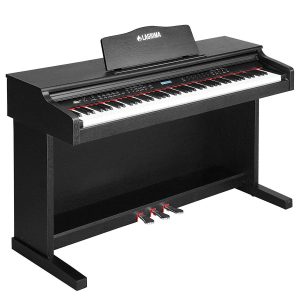
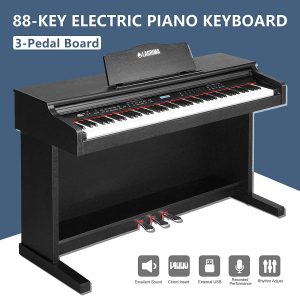

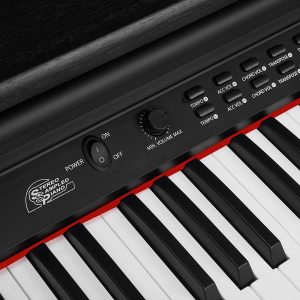
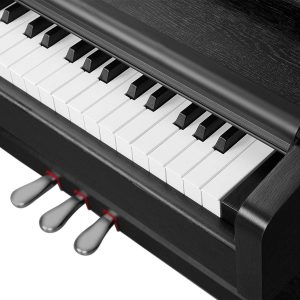
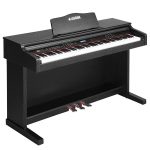
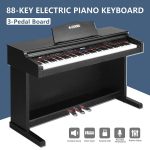

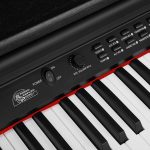
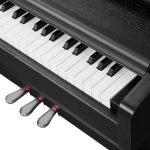
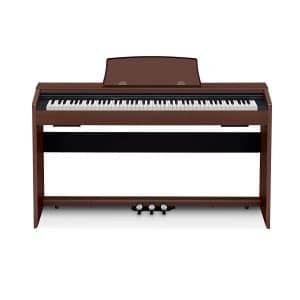
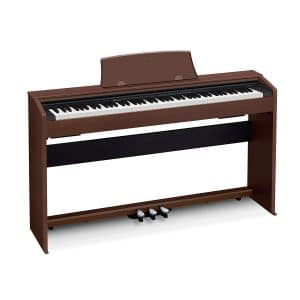
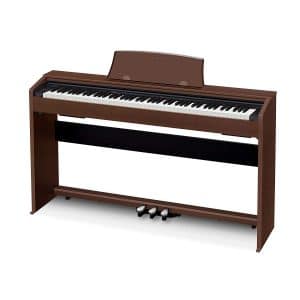
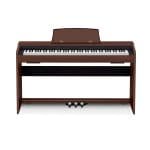
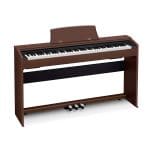
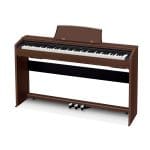
 Finding the ideal digital piano under 1000 dollars means having a good basic understanding of what to expect regarding features and technical capabilities. The following sections are designed to give you exactly that.
Finding the ideal digital piano under 1000 dollars means having a good basic understanding of what to expect regarding features and technical capabilities. The following sections are designed to give you exactly that. Weighted
Weighted Polyphony sounds extremely technical, but what you need to know about polyphony to choose keyboard isn’t technical at all. That’s the good news. Polyphony is related to how many notes a digital piano can produce simultaneously. That’s all the term means.
Polyphony sounds extremely technical, but what you need to know about polyphony to choose keyboard isn’t technical at all. That’s the good news. Polyphony is related to how many notes a digital piano can produce simultaneously. That’s all the term means.




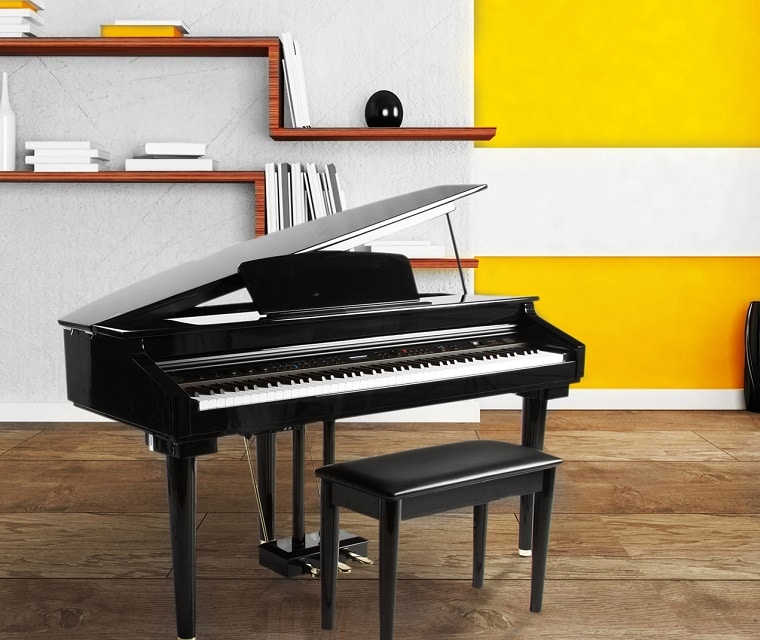
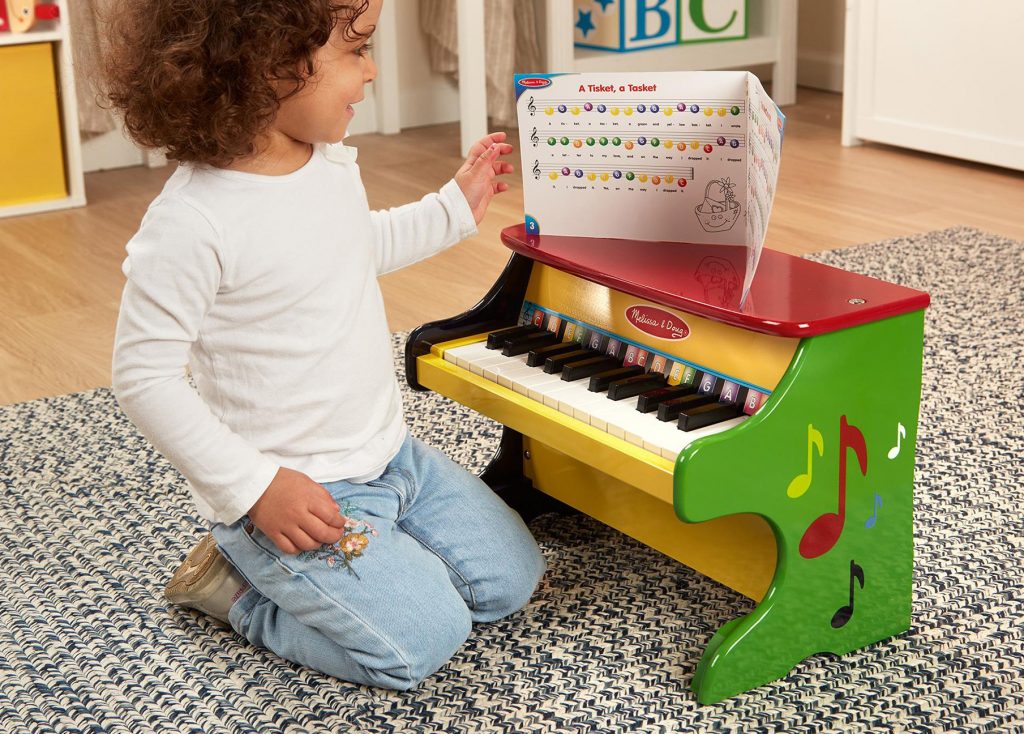



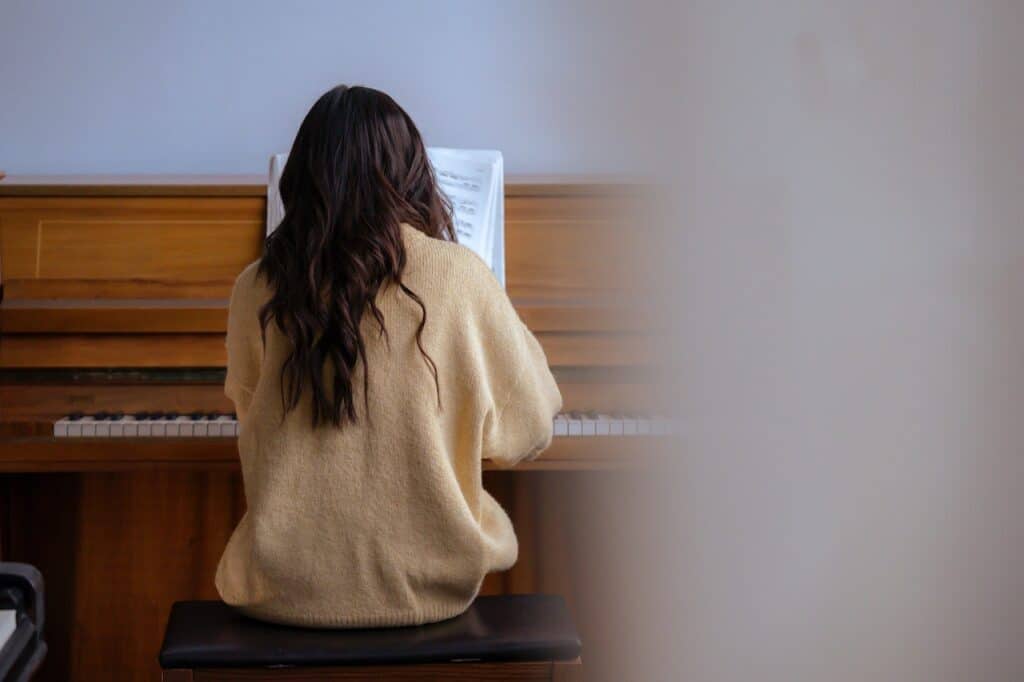
I’ve been looking for a digital piano and this article has been so helpful in narrowing down my choices. The information on the different features like the number of keys and types of keys is really informative and will definitely help me make a decision. The Yamaha P-45 looks promising.